
If your boiler system is experiencing pressure issues, knocking sounds, or leaking valves, the problem could be a wrongly installed or failing expansion tank.
The expansion tank plays a vital role in absorbing excess pressure when water is heated. But for it to work correctly, it needs to be installed in the right location. Whether you're upgrading your heating system, diagnosing a problem, or installing a new boiler from scratch, correct placement of the expansion tank is essential.
At SAS Gas, we provide expert boiler installation in Sheffield and maintenance services to make sure your system runs safely and efficiently from day one.
In this guide, we’ll explain exactly where the expansion tank should be installed, why it matters, and how to avoid common mistakes that could cost you time, money, and comfort.
Signs of a Poorly Placed Expansion Tank on a Boiler
A badly installed expansion tank can cause serious issues in your heating system. If the tank is in the wrong location, not secured properly or installed at the wrong angle, it may fail to control pressure effectively. Here are the key warning signs to look out for:
1. Sudden Banging or Knocking Sounds
This is often caused by hydraulic shock when water pressure builds up and has nowhere to go. It usually happens when you turn off a tap or the heating switches off.
2. Leaking Around the Tank or Pipework
Leaks after installation can mean the tank is on the wrong side of the system, has poor connections or is failing due to pressure imbalances.
3. Pressure Spikes on the Gauge
If your boiler pressure climbs quickly after heating starts, it may be a sign that the expansion tank isn’t absorbing excess volume properly.
4. Water Surging from Taps
An over-pressurised system can cause an initial burst of water when you open a tap, especially in systems that heat water for both heating and domestic use.
5. Faulty Relief or Bleed Valves
If bleed or pressure relief valves are constantly releasing water or not working as expected, it could mean the expansion tank isn’t regulating pressure correctly.
6. Dull Thud When Tapped
A healthy expansion tank should sound hollow when tapped. A full, waterlogged tank will sound dull and solid, which means it may be failing.
7. Popping or Cracking in Pipes
Unusual noises, especially when the boiler shuts off, may indicate that excess pressure is stressing the pipework due to a malfunctioning expansion tank.
Which side of the boiler is right for the expansion tank?
The expansion tank should always be installed on the supply side of the boiler system. This is the part of the pipework where heated water leaves the boiler and flows into the central heating system.
Installing the tank on the return side, where cooler water comes back into the boiler, can prevent it from functioning properly. The tank needs to respond to pressure increases caused by heat, so placing it on the hot side ensures it can absorb expanding water effectively.
For best results, the expansion tank should also be installed:
- Between the boiler and the circulator pump, if one is present on the supply side
- Above the pressure relief valve
- At least 18 inches away from the boiler's vent connector
- In an upright position, unless otherwise specified by the manufacturer
Getting the placement right helps maintain stable pressure, reduces strain on components and extends the life of your boiler system.
Can I install an expansion tank on its side?
Most expansion tanks are designed to be installed vertically, with the air valve facing down. This position helps maintain proper pressure control and allows the internal diaphragm or bladder to function as intended.
Some models can be installed on their side, but only if the manufacturer clearly states that horizontal installation is supported. If it's not designed for this orientation, placing it sideways can cause the diaphragm to shift, wear out unevenly or trap water in the wrong part of the tank.
Before installing a tank horizontally, always check:
- The installation instructions provided by the manufacturer
- Whether the model is rated for multi-position mounting
- That it is fully supported and not left hanging from pipework
Unless you are using a tank made for side installation, it’s always safest to mount it upright with proper support brackets.
If you’re unsure about your setup, our team at SAS Gas can help assess your system and recommend the ideal configuration. We also offer trusted boiler service in Sheffield to keep your entire heating system running smoothly.
Different types of expansion tanks
Expansion tanks come in two main types: steel expansion tanks and bladder expansion tanks. Both serve the same purpose of managing pressure in your heating system, but they operate in different ways and have different maintenance needs.
Steel Expansion Tanks
Steel expansion tanks are the older and more traditional option. They do not have a diaphragm or internal bladder. Instead, the air and water share the same chamber.
Key features:
- Simple construction with no moving parts
- Air cushions the expanding water directly
- Air and water are in contact, which can lead to corrosion over time
- Typically require regular draining to maintain proper air levels
- Often found in older heating systems
Installation note:
Steel tanks are usually installed vertically above the boiler on the cold water line, using a tee fitting and proper support.
Bladder Expansion Tanks
Bladder or diaphragm expansion tanks are more modern and commonly used in today’s systems. These have an internal rubber diaphragm that separates the water from a sealed air chamber.
Key features:
- Prevents air and water from mixing
- Lower risk of corrosion
- Requires less maintenance than steel tanks
- Typically lasts longer
- Pre-charged with air to match system pressure
Installation note:
Bladder tanks are usually installed vertically and can be fitted with a valve between connectors for easy removal and replacement in the future.
Assessing the tank
Before installing or replacing an expansion tank, it’s important to check the condition of the tank and ensure it’s suitable for your system.
What to Look For:
- Visible damage such as dents, rust, cracks or pitting
- Signs of leakage around the fittings or seams
- Weight check — if the tank feels heavy when it shouldn’t, it may be full of water and no longer functional
- Pressure rating — the tank’s pre-charge should match the system fill pressure, usually around 12 to 15 psi
Pre-Charging the Tank:
Most new expansion tanks come pre-charged, but you should always:
- Use a pressure gauge to confirm the pre-charge matches your boiler’s cold fill pressure
- Adjust if needed using a standard air pump
- Test again to ensure the reading is accurate before installation
Skipping these checks can lead to poor performance or system damage after installation.
Installing the tank
Once you’ve assessed and pre-charged the expansion tank, you’re ready to fit it into the system. Follow these steps carefully:
Step-by-Step:
- Shut off power and let the boiler cool
- Turn off the water supply to the system
- Drain the system using the boiler’s drain valve and a hose
- Remove the old tank, supporting it as you disconnect the fittings
- Fit the new tank in the same location, ensuring:
- It’s on the supply side of the boiler
- It’s between the boiler and the circulator (if present)
- It’s installed upright and properly supported
- All fittings are sealed tightly with thread sealant or tape
- It’s on the supply side of the boiler
- Refill the system by opening the water supply valve
- Bleed air from the system using the pressure relief valve
- Check the pressure gauge to make sure the system is within the recommended range
- Inspect for leaks at all joints and connections
- Restore power to the boiler and monitor its performance
If you notice any discharge, pressure spikes or irregular sounds after installation, shut down the system and recheck the tank placement and charge.
FAQs
Find answers to your most pressing questions about plumbing and heating services.
Most modern closed-loop boiler systems do need an expansion tank to manage pressure as water heats and expands. Older steam boilers may not require one, but nearly all hot water systems do.
The pre-charge pressure should typically match your system’s cold fill pressure, usually between 12 and 15 psi. Always check your boiler manual or consult a heating professional to confirm the correct setting.
On average, expansion tanks last 5 to 10 years. Bladder tanks tend to last longer than steel ones because they are sealed and less prone to corrosion.
If you're confident with plumbing systems and have the right tools, it’s possible to replace it yourself. However, to avoid mistakes that could damage your boiler or home, it's often best to call a qualified heating engineer.
The size depends on your boiler’s output, system pressure and total water volume. A professional can calculate the correct size using those factors. Installing the wrong size can cause performance issues and shorten the life of your boiler.
Still have questions?
We're here to help you with any inquiries.
Looking for Help
with your Plumbing?
Contact us now
Explore Our Other Insights
Stay updated with our plumbing and heating tips.

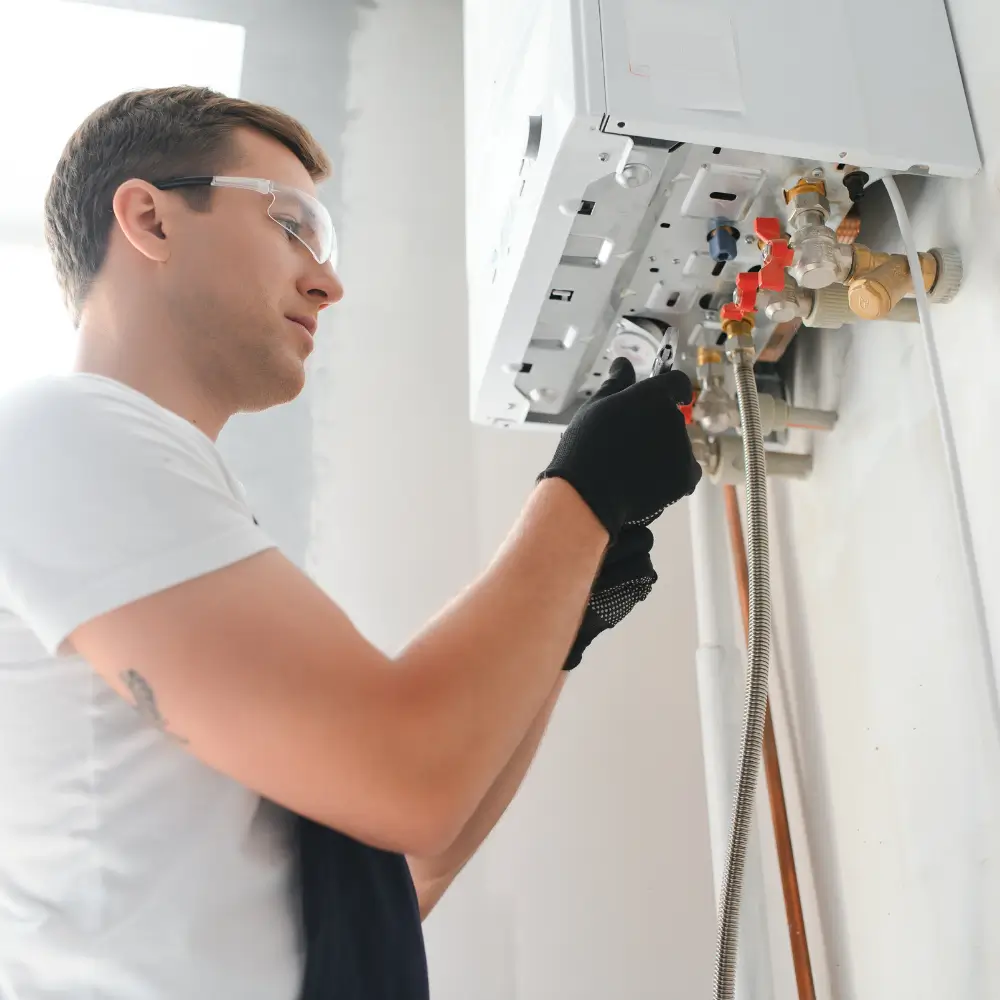
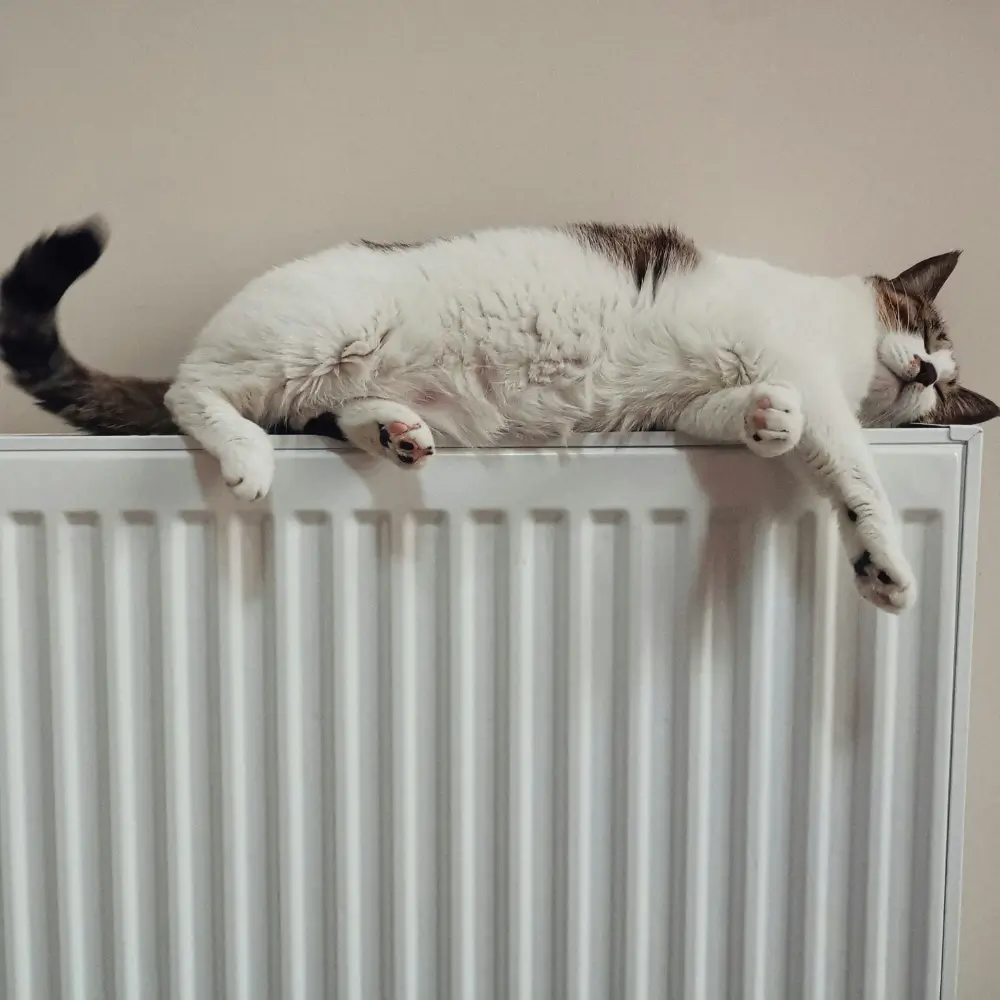
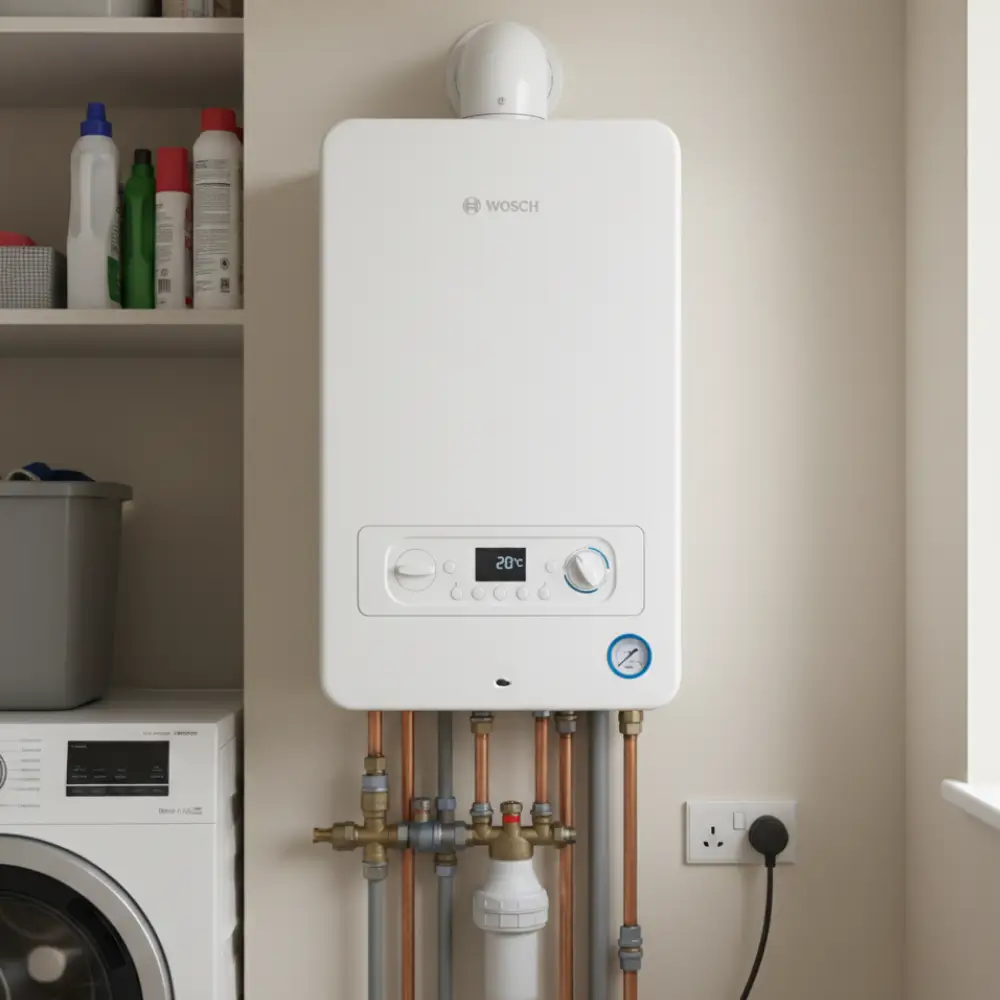
.webp)
.webp)
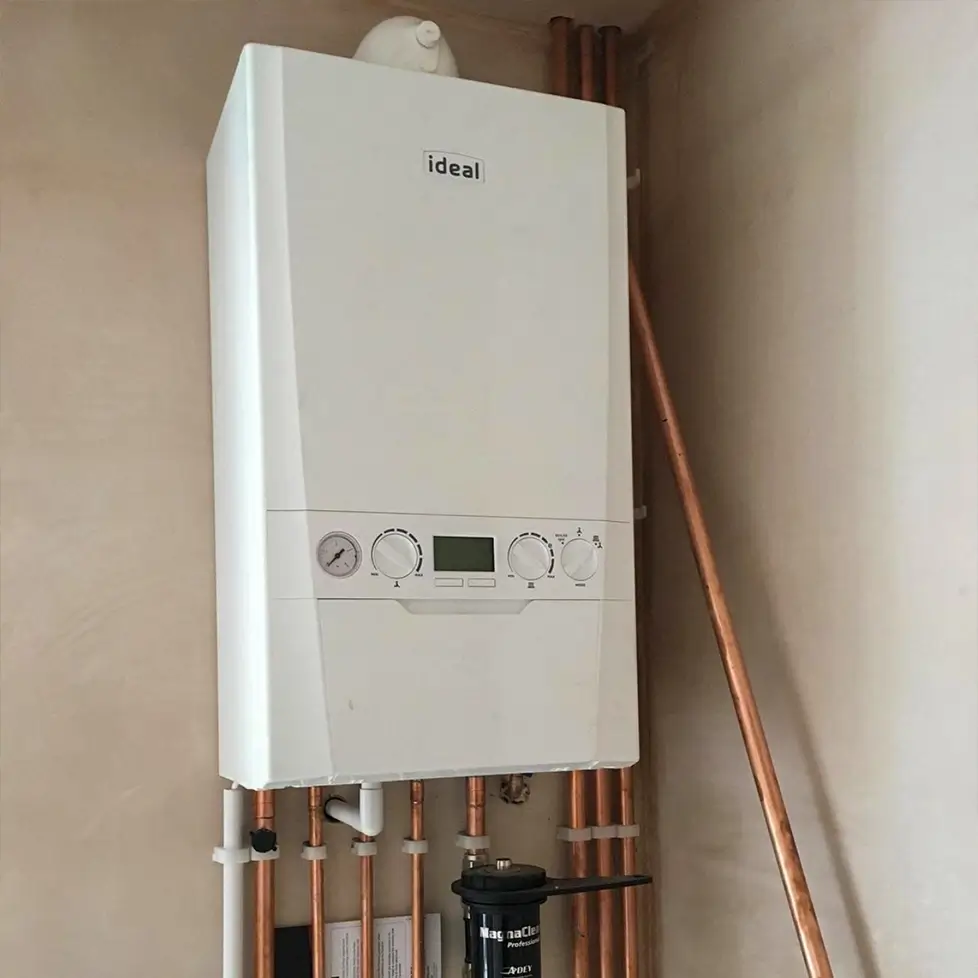
.webp)

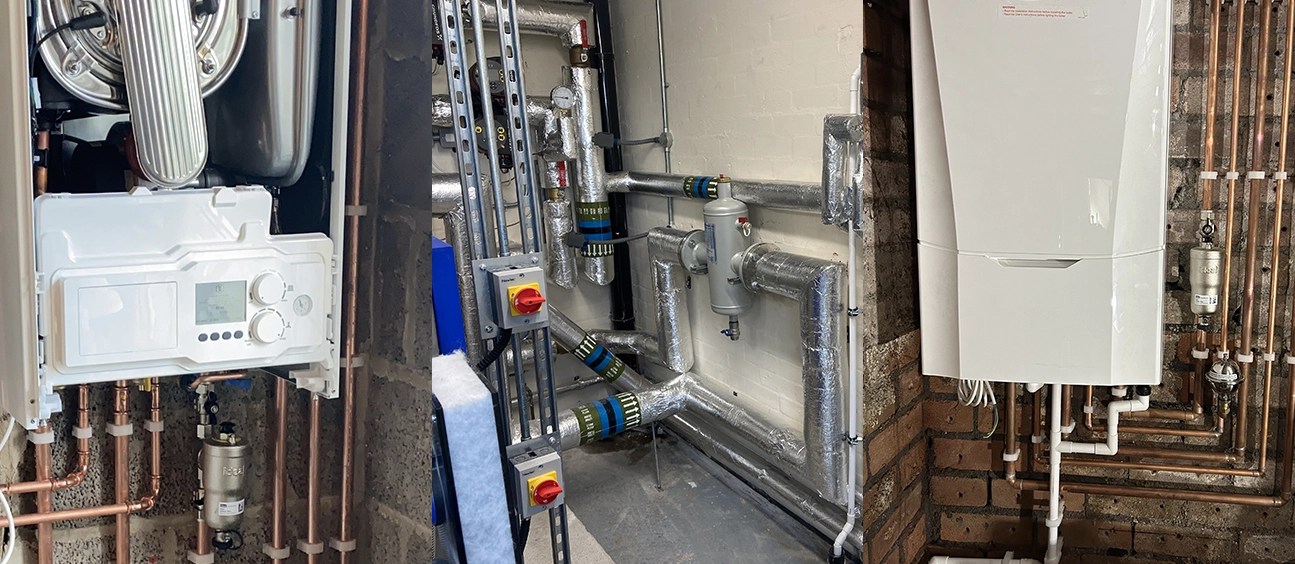
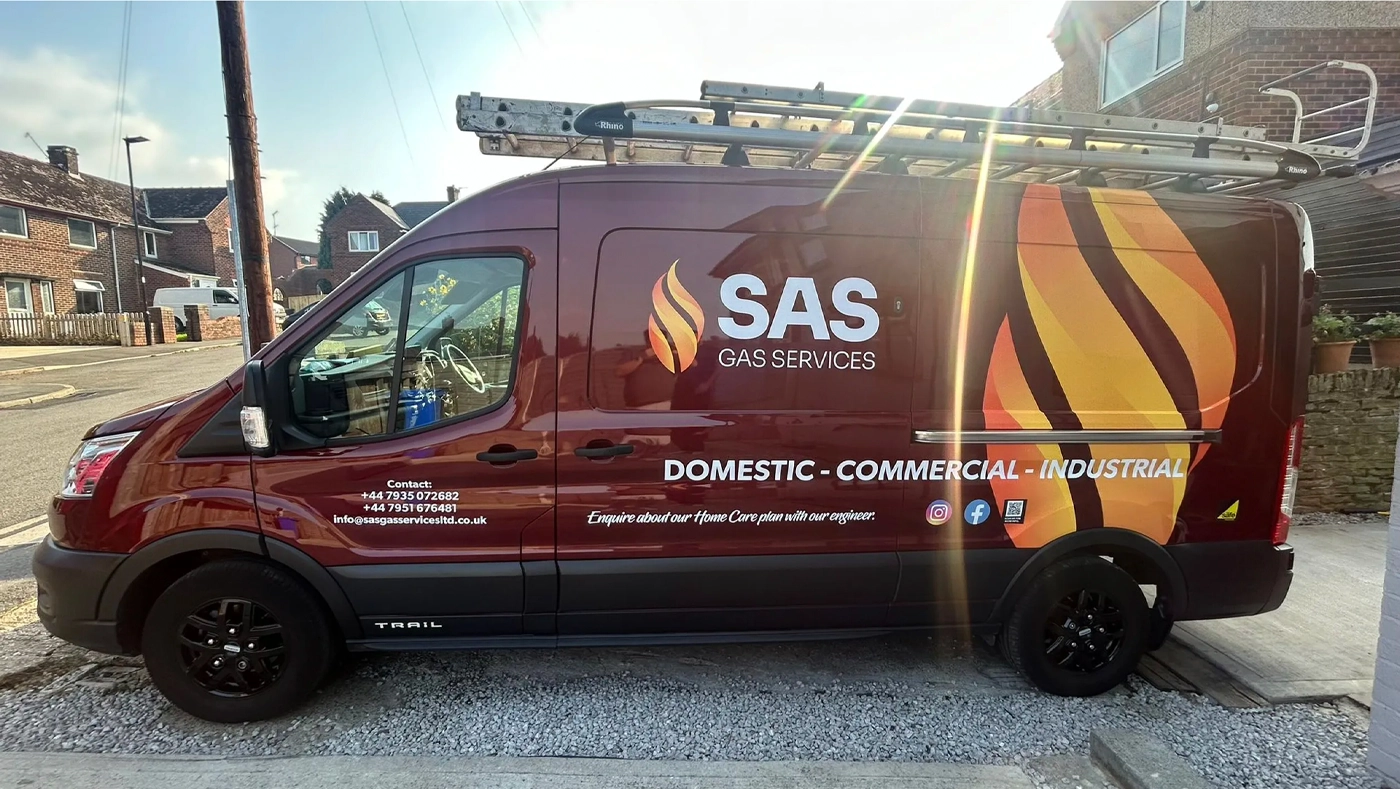
.webp)

